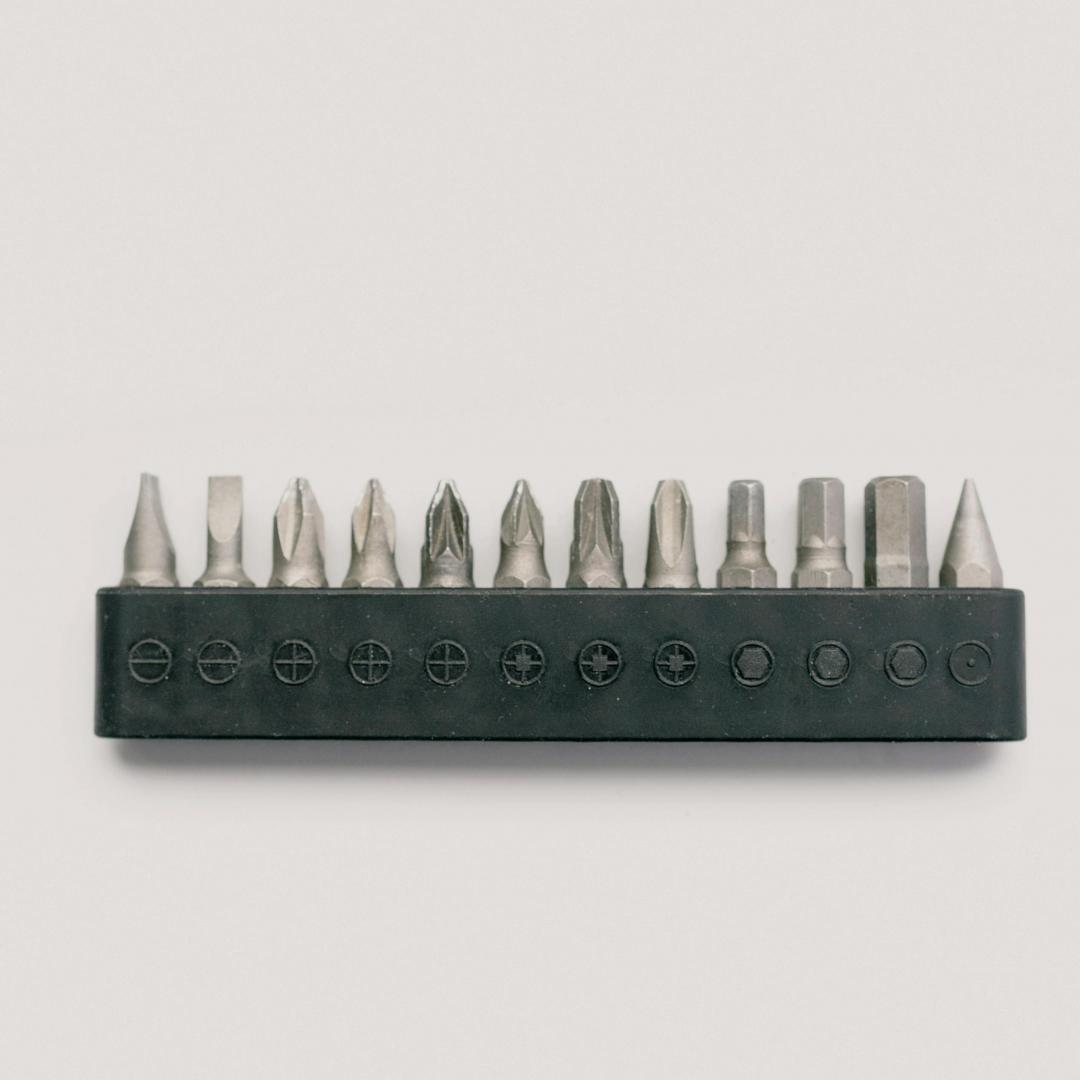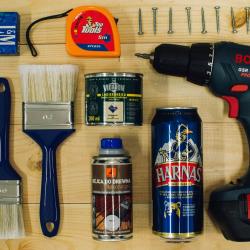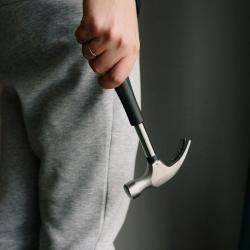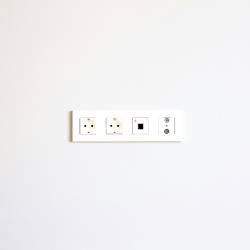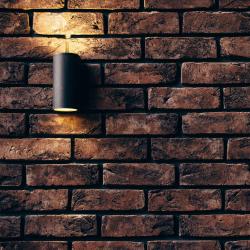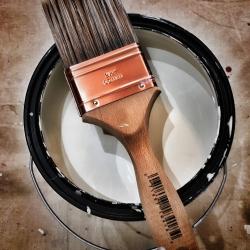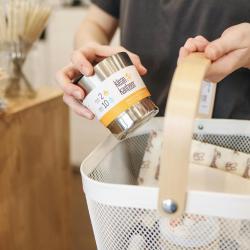DIY Home Repairs: How to Fix Things Yourself and Save Big
Many homeowners are looking for smart ways to save money without compromising on the quality of their living environment. One increasingly popular way to achieve this is through DIY (Do It Yourself) home repairs. Not only can doing your own repairs save you money, but it can also be highly rewarding – and easier than you might think. Let’s explore how tackling repairs yourself can lead to significant savings and personal satisfaction.
1. Understanding When to DIY and When to Call a Professional
Before diving into the world of DIY, it's crucial to know the difference between tasks you can handle on your own and those that require professional expertise. While painting walls, fixing minor leaks, or replacing tiles can be great DIY projects, more complex tasks like electrical work, structural repairs, or extensive plumbing might require a professional. Recognizing these boundaries will ensure your safety and maintain the integrity of your home.
2. Essentials for Your DIY Toolkit
Investing in a good set of tools is the foundation of any successful DIY project. Basic tools to consider include a hammer, screwdrivers (both flat-head and Phillips), a tape measure, adjustable wrenches, pliers, a utility knife, and a level. For more advanced tasks, you might need a drill, a saw, or a sander. Having these tools handy will not only prepare you for a wide range of tasks but also make the process go smoothly.
3. Education is Key
Before jumping into any repair, it's important to educate yourself. Thankfully, there is an abundance of resources available for budding DIY enthusiasts. Websites, YouTube tutorials, and DIY-focused blogs are excellent places to start. Books dedicated to home repairs can also be a valuable resource. Take time to research and understand the task you’re undertaking; knowing the steps and having a mental picture of what you are going to do is half the battle.
4. Common DIY Repairs and How to Tackle Them
Fixing a Leaky Faucet: A common issue in most households, a leaky faucet can be fixed by replacing the worn-out washer in the faucet. After turning off the water supply, disassemble the faucet, replace the washer with a compatible new one, and reassemble.
Patching Drywall: Small holes or dents in drywall can be easily patched. All you need is some spackle or joint compound and a putty knife. Apply the spackle, smooth it out with the knife, let it dry, and then sand it lightly before painting.
Unclogging Drains: Often caused by hair or debris, drain clogs are a nuisance. Using a plunger or a hand-cranked drain snake, you can remove the clog. For persistent issues, a mixture of vinegar and baking soda followed by hot water can help clear stubborn build-ups.
5. Safety First
When undertaking DIY repairs, safety should be your top priority. Always use protective gear like gloves, goggles, and masks as necessary. Read manuals, follow guidelines, and don’t rush through projects. Safety shouldn’t be compromised in the name of saving money.
6. Benefits of DIY Repairs
The most obvious benefit is the money saved by not hiring a professional. Additionally, handling repairs on your own schedule beats waiting for appointments, and gaining new skills can boost your confidence. There's also a certain pride that comes with fixing something with your own hands and the personal satisfaction of taking control of your living space.
Conclusion
Embarking on DIY home repairs can be a gratifying endeavor that leads to significant savings. With the right tools, knowledge, and precautions, even a novice handyman can tackle small to medium household issues efficiently. So next time something breaks or wears out, consider the DIY approach – your wallet and sense of achievement will thank you. Remember, every expert was once a beginner, and with each project, you’re getting closer to mastering the art of home maintenance.
